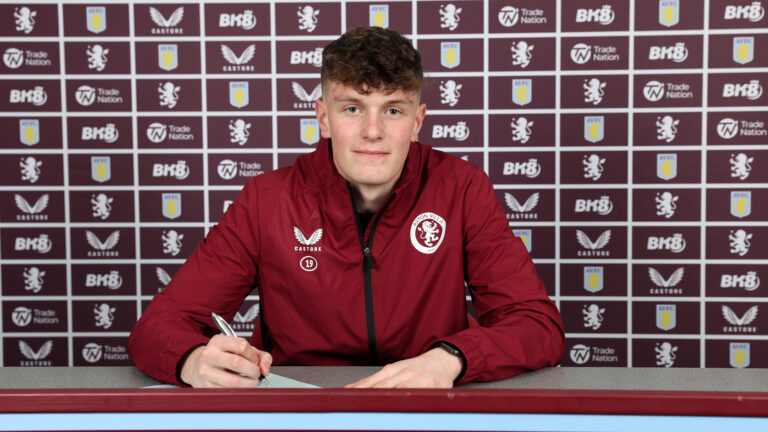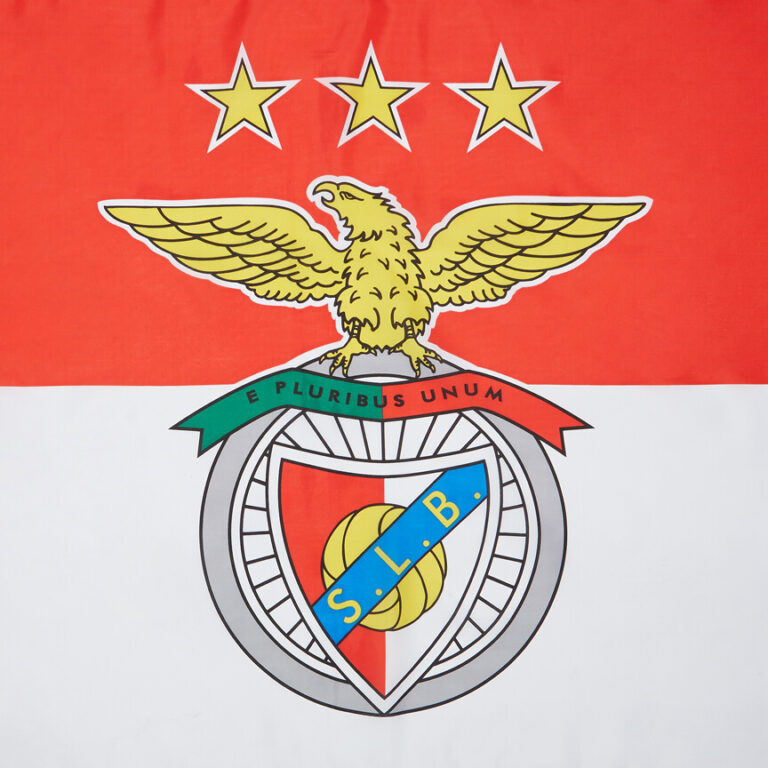
The Chicago Cubs’ pitching staff has taken another hit with the news that right-hander Jameson Taillon has been placed on the injured list, further emphasizing the team’s growing need for reinforcements on the mound as the MLB trade deadline approaches.
Taillon, who had been a key part of the Cubs’ rotation this season, has dealt with lingering health issues and bouts of inconsistency. His latest setback leaves a noticeable void in an already thin and injury-riddled rotation. The timing could not be worse, as the Cubs are entering a crucial stretch of the season where every game matters in the tightly contested National League playoff race.
With Taillon sidelined, the Cubs are expected to shift their focus even more intently toward acquiring pitching help. While the front office had already been surveying the market for bullpen and rotation upgrades, Taillon’s injury accelerates the urgency to make a move. The team has been linked to several available arms around the league, including both rental veterans and controllable young pitchers.
Internally, the Cubs may look to call up pitchers from Triple-A Iowa, but the options are limited and largely untested at the major league level. This makes a trade all the more likely, as relying solely on in-house solutions could be a risky gamble in the thick of a playoff race.
Cubs President of Baseball Operations Jed Hoyer has historically taken a measured approach at the deadline, weighing the future against immediate needs. However, with the team still within striking distance of a postseason berth and the fan base growing increasingly eager for a return to October baseball, there may be added pressure to act decisively.
The market for pitching is expected to be competitive, with several contending teams also in search of upgrades. The Cubs will need to navigate this landscape carefully, possibly parting with some of their highly regarded prospects to land the right arm. Pitchers like Garrett Crochet, Jack Flaherty, or even more affordable depth pieces could be on the radar, depending on how aggressive the front office chooses to be.
Taillon’s injury is yet another reminder of how fragile a pitching staff can be over the course of a long season. It not only complicates the Cubs’ current rotation plans but also places more strain on the bullpen, which has already logged a heavy workload.
As the July 30 deadline looms, the Cubs will need to balance urgency with long-term vision. But one thing is clear: with Taillon out, the need for pitching help is no longer just a matter of preference—it’s a necessity if the Cubs hope to stay in contention down the stretch.




